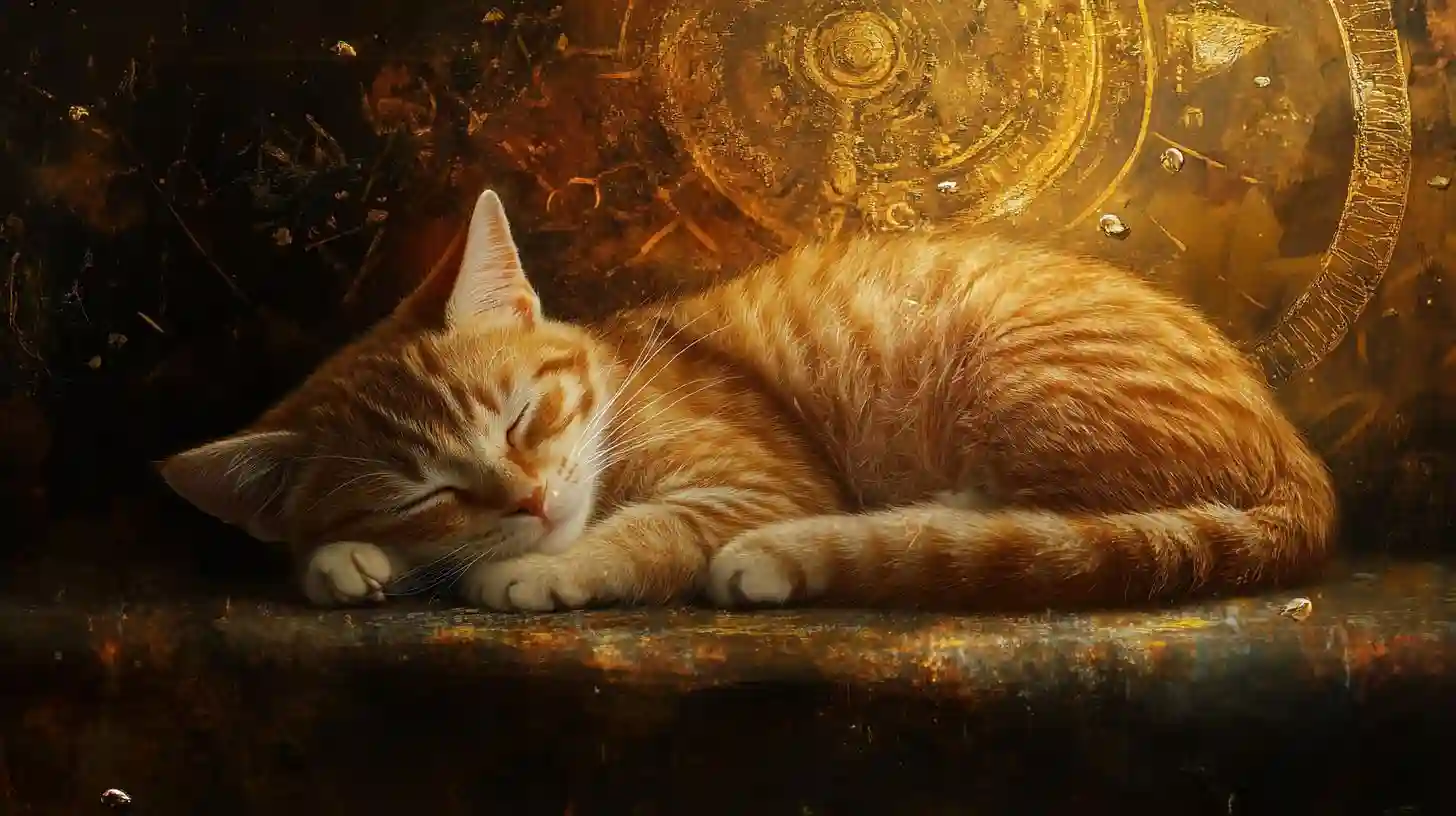
Cats are widely known for their remarkable sleeping habits, often seen lounging in the sun for hours or curling up in cozy corners around the house. Their propensity for sleep makes them one of the most prolific snoozers in the animal kingdom. Unlike humans who typically sleep for a set number of hours at night and maintain a somewhat fixed sleep schedule, cats exhibit unique sleep patterns characterized by their agility, behavior, and deep relaxation. To understand the nature of feline sleep, it is important to consider their evolutionary history, physical structure, and behavior.
As descendants of solitary hunters, cats have developed sleep patterns that align with their predator-prey dynamics. Wild cats are crepuscular creatures, meaning they are most active during the dawn and dusk hours. This behavior is an adaptive strategy that ensures they can hunt for food when their prey is most active but also when it's more manageable. Consequently, when they aren’t on the prowl, cats can spend significant portions of their day sleeping to conserve energy. This ability to sleep for many hours allows them to recharge and prepare for their next period of activity, whether that entails a playful romp or a concentrated stalking of their next meal.
Domestic cats inherit this crepuscular trait. Owners may notice that their feline friends tend to be most lively in the early morning and early evening, while spending the majority of the daytime hours enveloped in deep slumber. This inclination towards sleepiness can be attributed to the fact that domestic cats are no longer subject to the same pressures as their wild counterparts. With food readily available and less need for rigorous hunting, housecats can indulge in longer sleep sessions throughout the day. On average, a typical cat can sleep anywhere from twelve to sixteen hours each day.
Moreover, the physical makeup of cats significantly contributes to their masterful napping abilities. Cats possess a unique sleep cycle that differs from that of humans. They experience several sleep stages, including lighter stages where they may remain partially alert and deeper stages, which allow them to fully disconnect from their surroundings. The lighter stages of sleep, particularly what can be referred to as 'cat naps,' allow them to quickly become aware of potential dangers, should they arise. This duality of being both asleep and alert is crucial for survival, especially in the wild. Their body is designed to swiftly shift between sleep and activity, making them adaptable and efficient predators.
Additionally, cats exhibit unique behaviors while sleeping that highlight their extraordinary sleep patterns. For instance, they may choose specific, high vantage points or secluded areas that allow them to feel safe and secure during their rest. The curl-up position is evidence of a cat's instinctual need for warmth and protection, making them feel both snug and safe from potential threats. Moreover, the way they choose their sleeping spots often speaks to their temperament and environmental preferences. Some cats prefer cozy, enclosed spaces, while others enjoy the warmth of a sun-drenched windowsill. These preferences reflect their individual personalities and comfort needs, adding an additional layer of complexity to their sleeping habits.
During their sleep, cats also engage in REM (rapid eye movement) sleep, which is when dreams occur in mammals. Observant owners may notice their feline companions twitching, paddling, or even vocalizing while they are in this deep, dream-filled state. This stage of sleep is essential for processing experiences, consolidating learning, and enhancing memory. Interestingly, the ability to dream suggests a rich inner life and depth of experience, reinforcing the idea that sleep plays a vital role in a cat's mental and emotional health. Just like us, cats benefit from sound sleep as it contributes to their overall well-being.
Felines not only excel in their slumber habits but also exhibit excellent sleeping styles. Whether sprawling across furniture, nestling in fabric, or curling into tight balls, each sleeping posture conveys a sense of comfort and ease. Their fur, notably luxurious and adaptive, allows them to maintain warmth and coziness during rest. A cat's ability to sleep so deeply and for extended periods can be observed in how they seamlessly transition into deeper stages of sleep, often remaining seemingly undisturbed by external sounds or movements.
The world of cat sleep is intricate, revealing much about their evolution, behaviors, and needs. From their heightened ability to sleep efficiently for long hours to the unique patterns and styles they adopt while resting, cats embody the quintessential sleeping masters of the animal kingdom. Their sleep habits are not merely a reflection of laziness but rather a sophisticated and adaptive strategy finely tuned over millennia. Understanding this fascinating aspect of feline life can enrich the bond between humans and their beloved pets, highlighting the wondrous connection shared between species through the common necessity of rest.